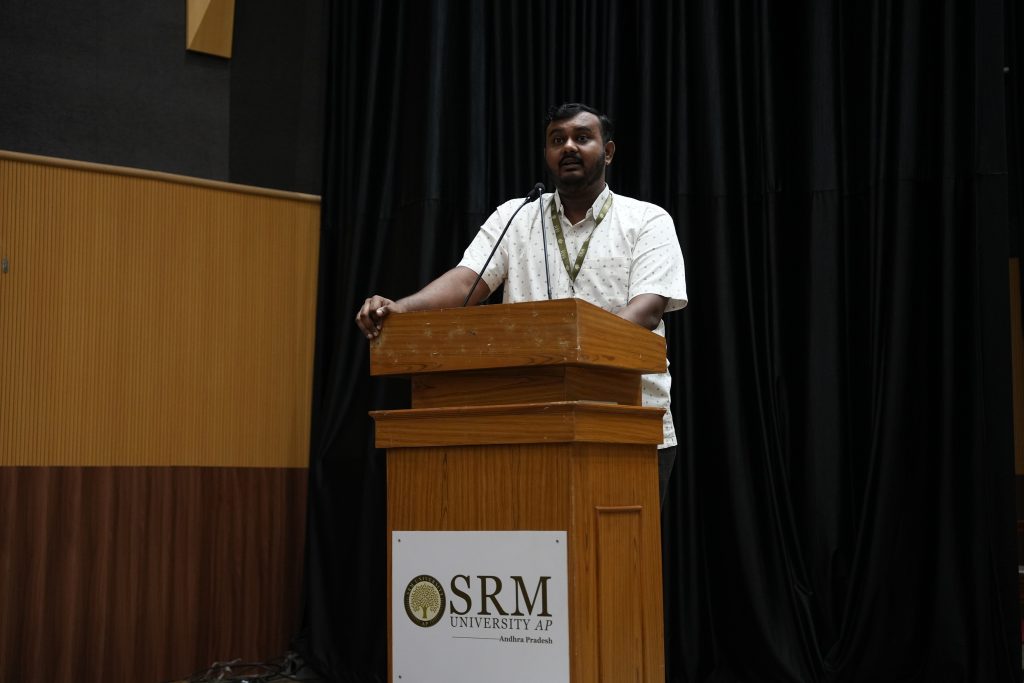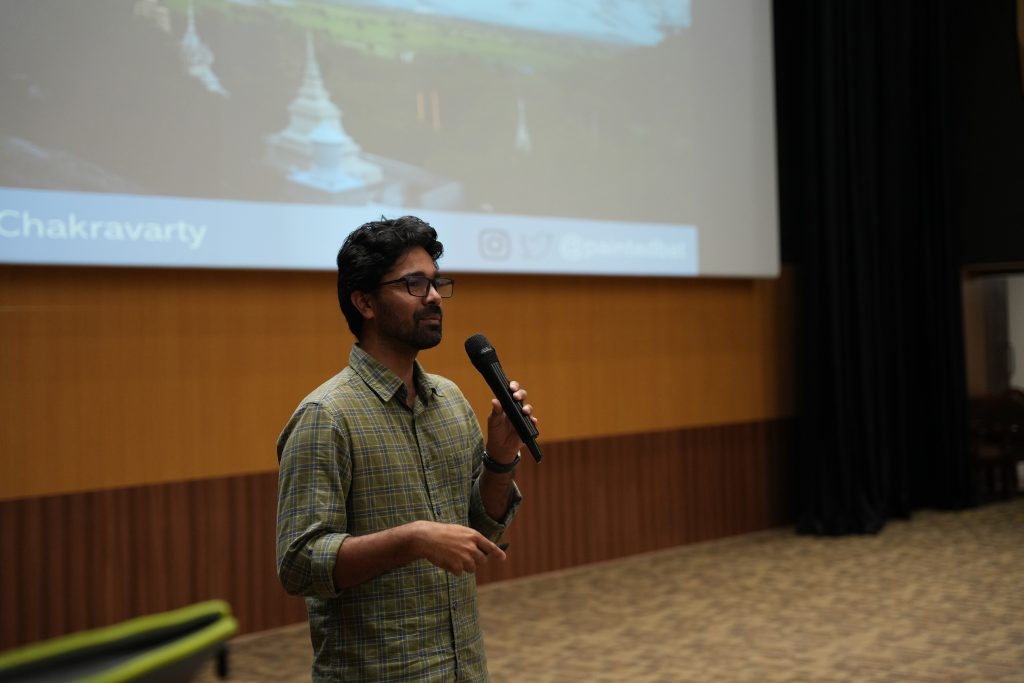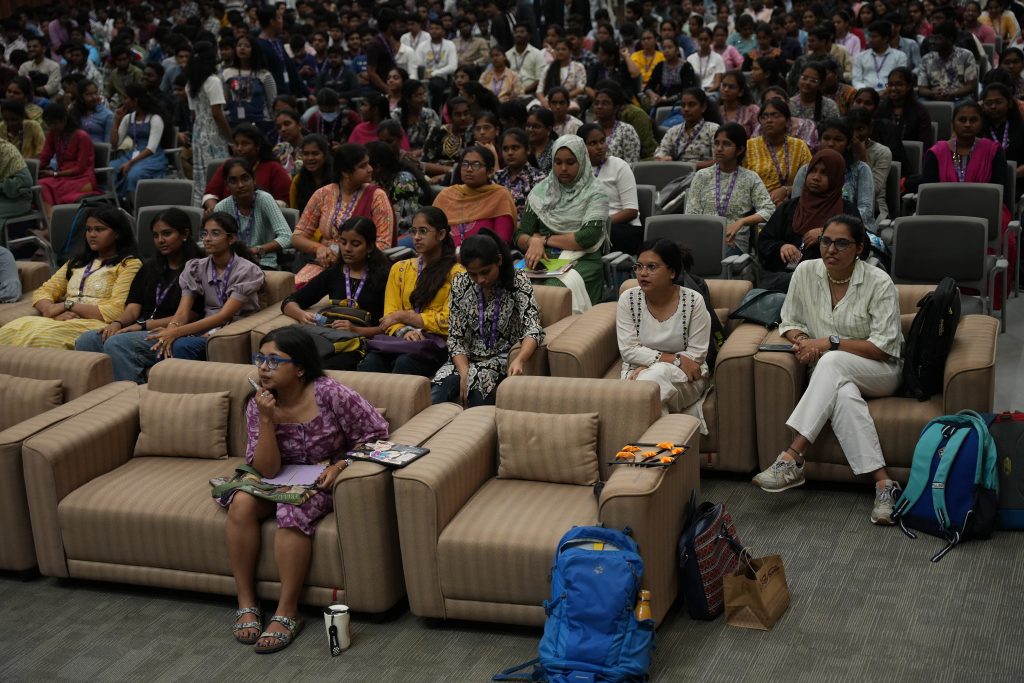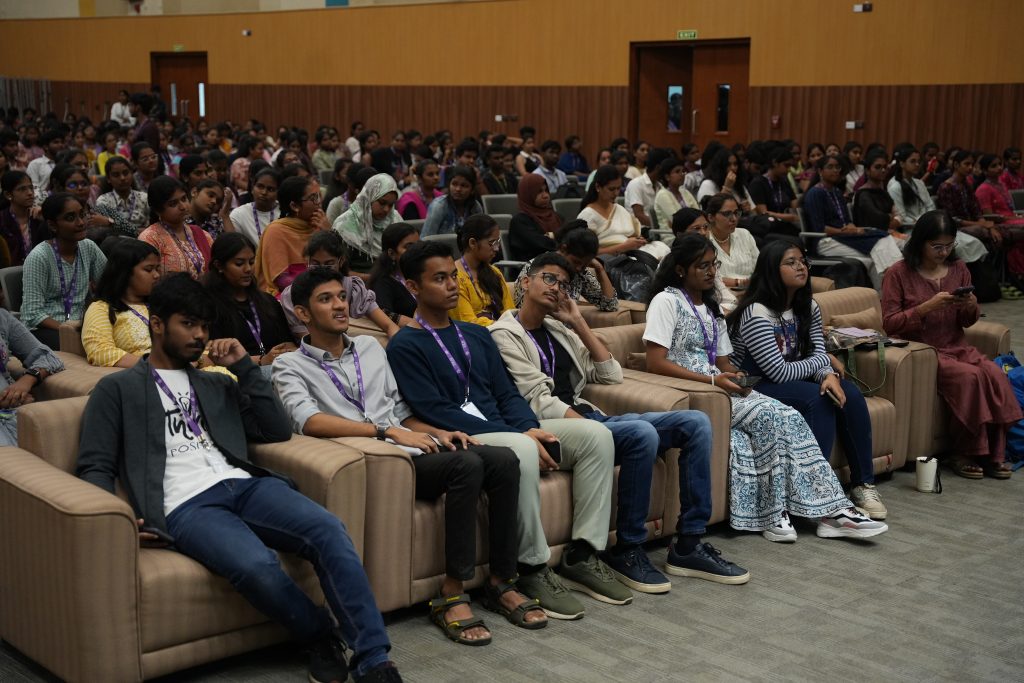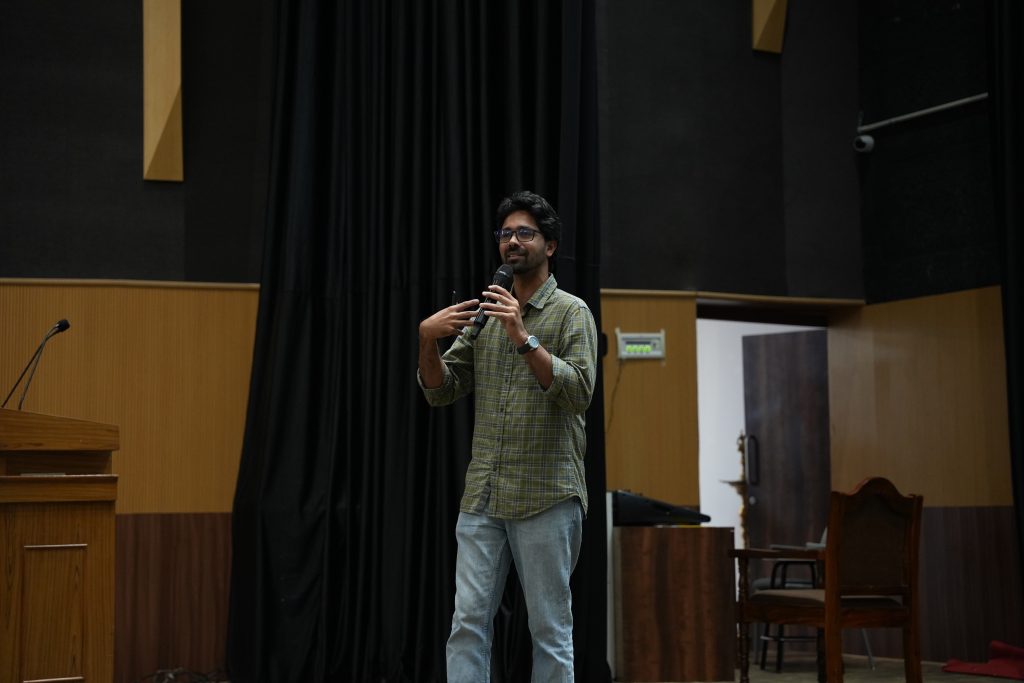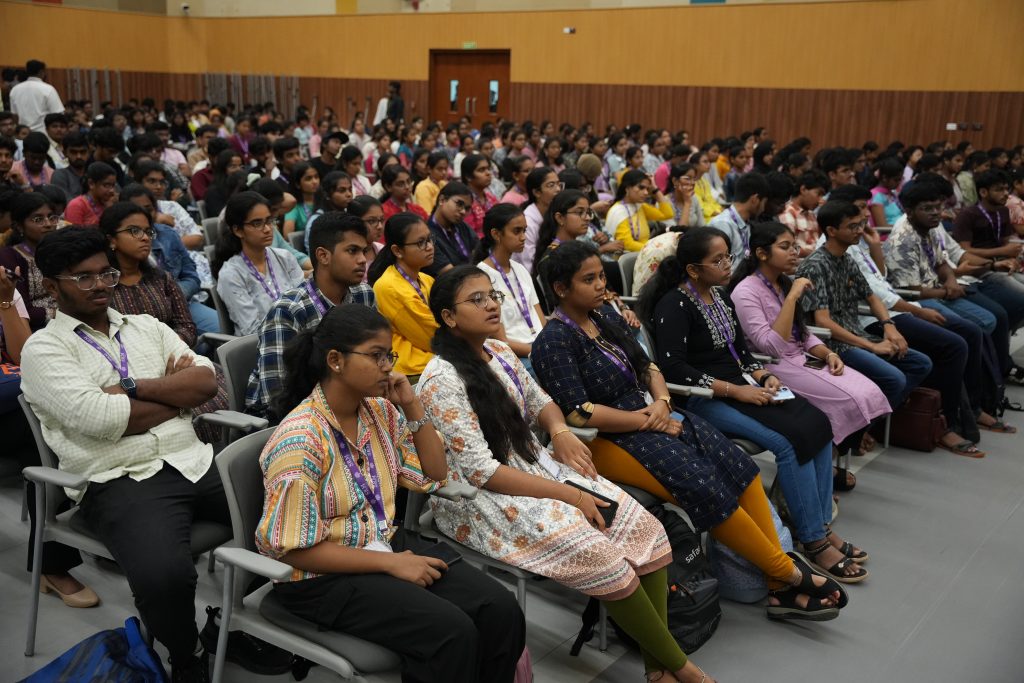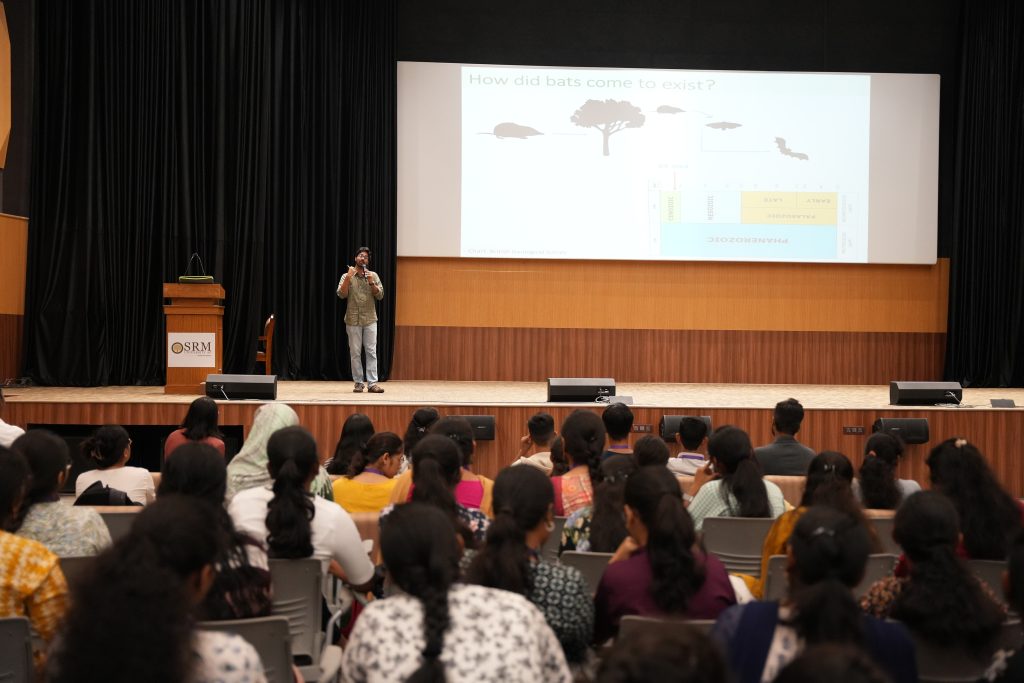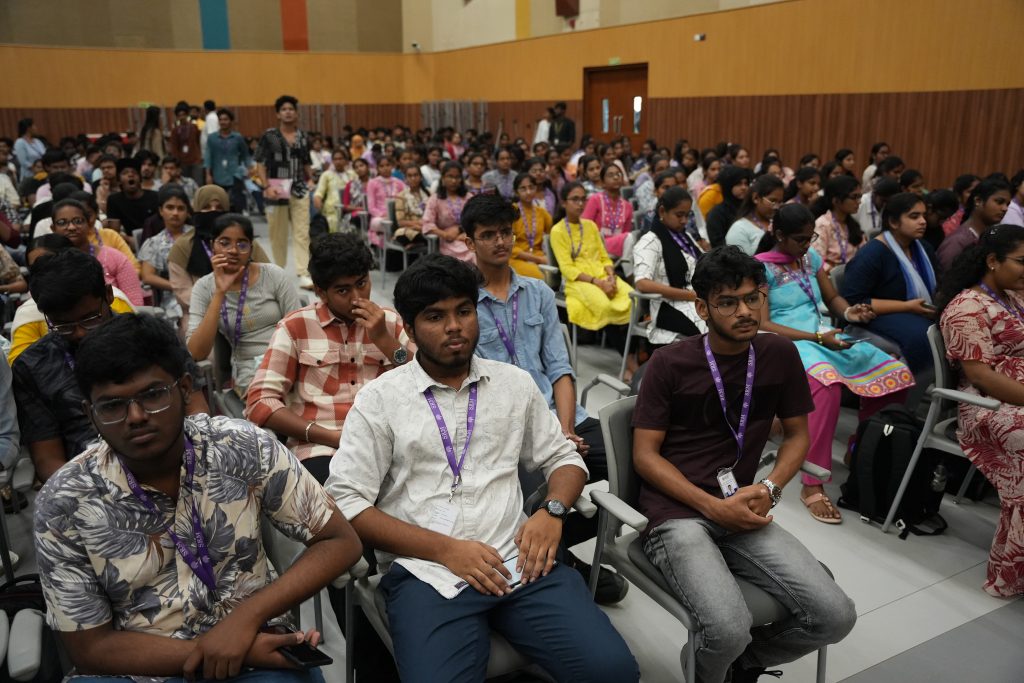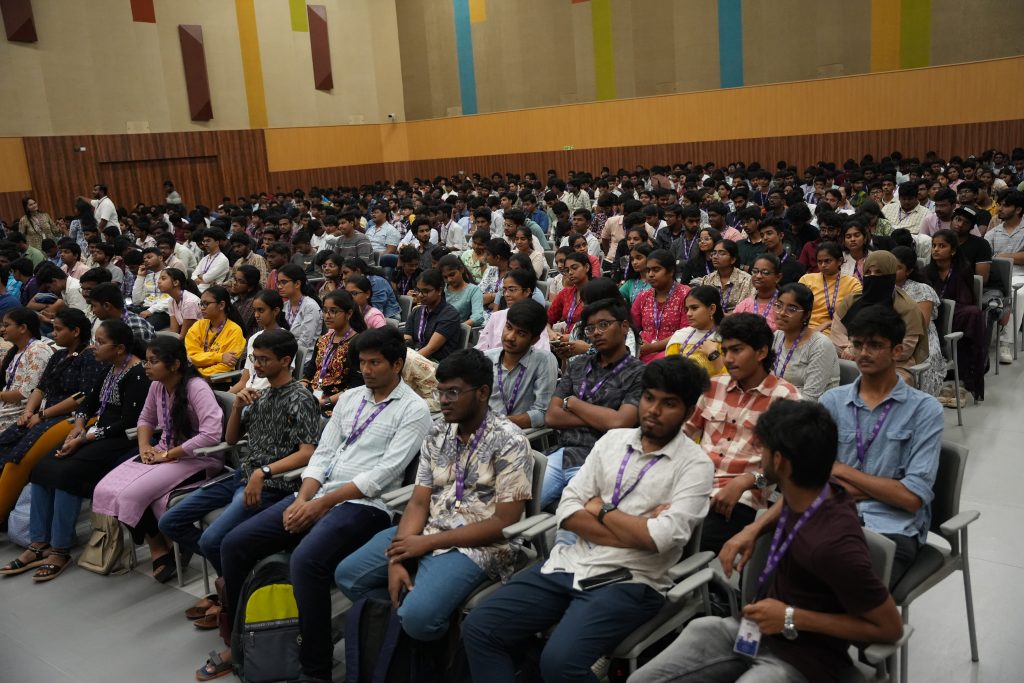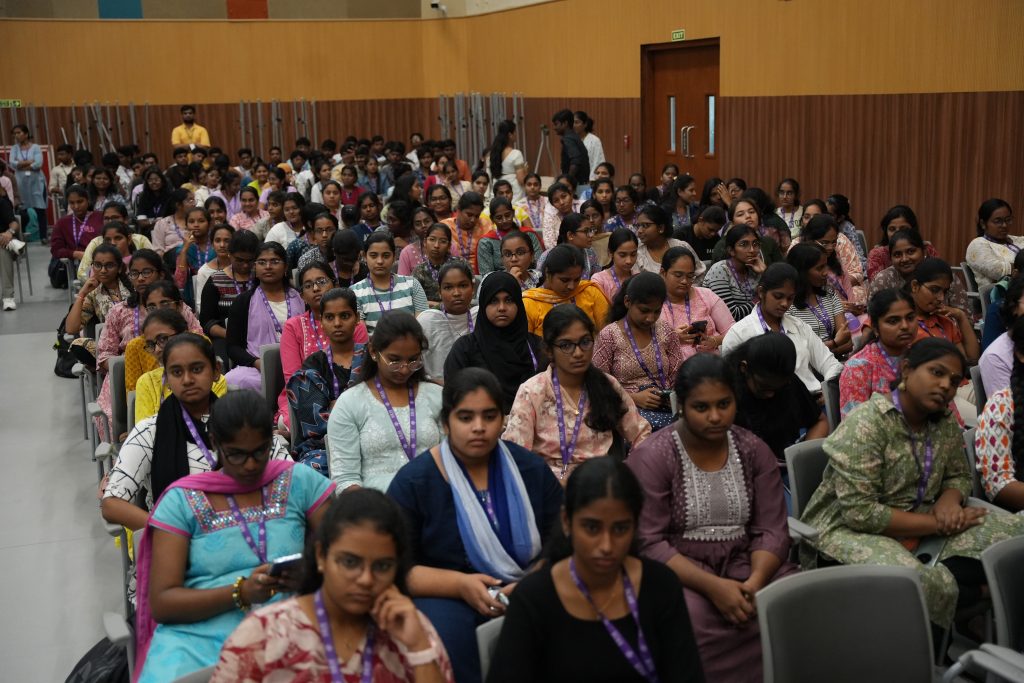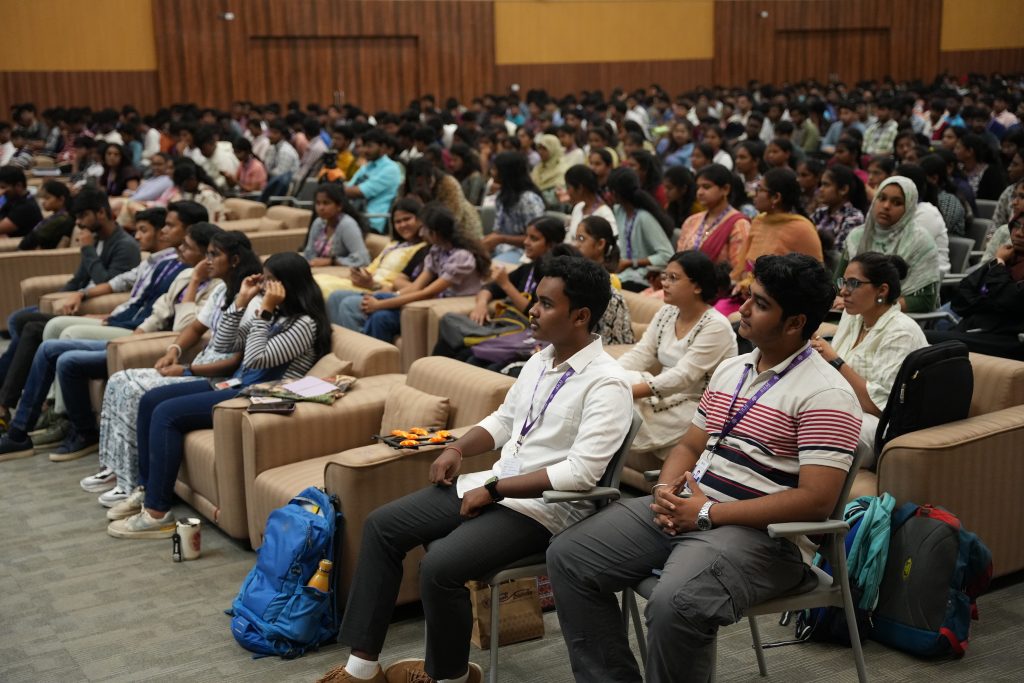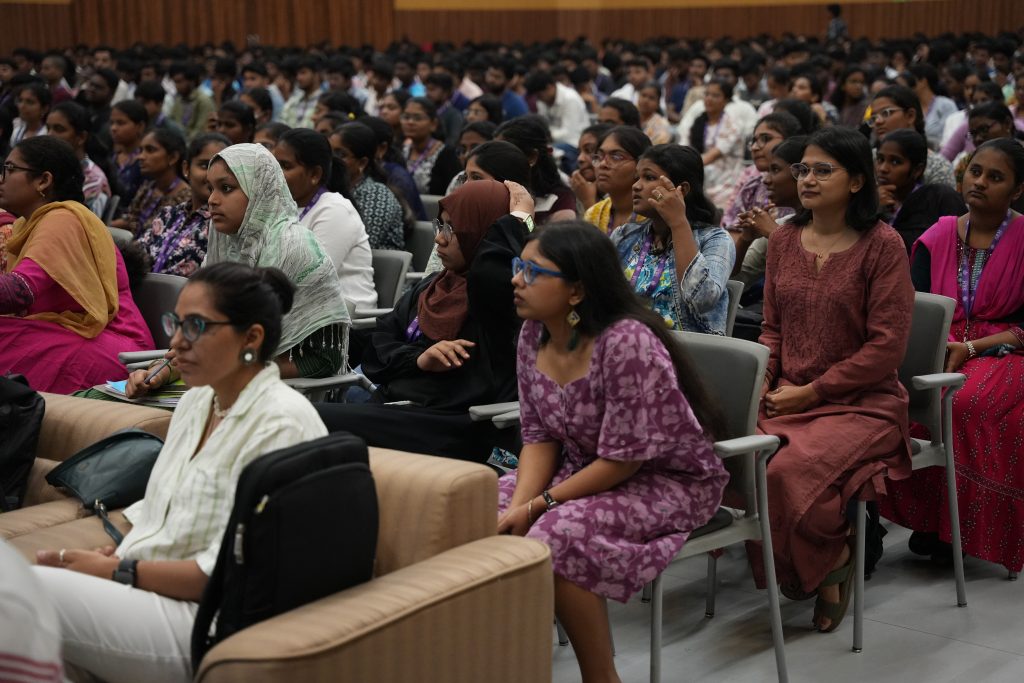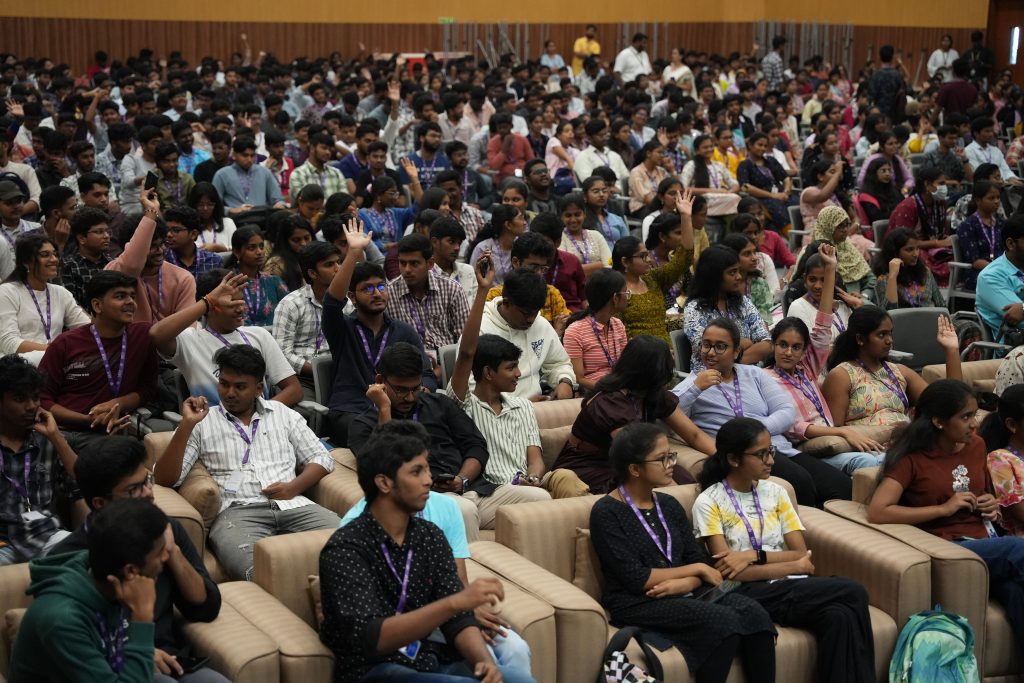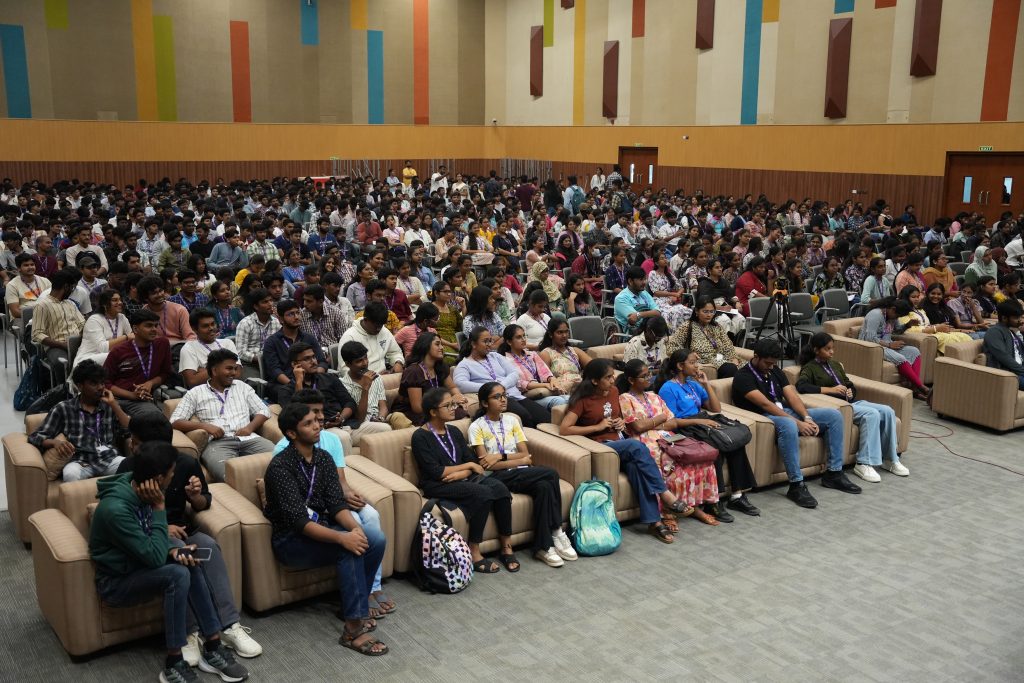CSE Student Publishes in Q1 Journal on Breakthrough Research in Water Technology
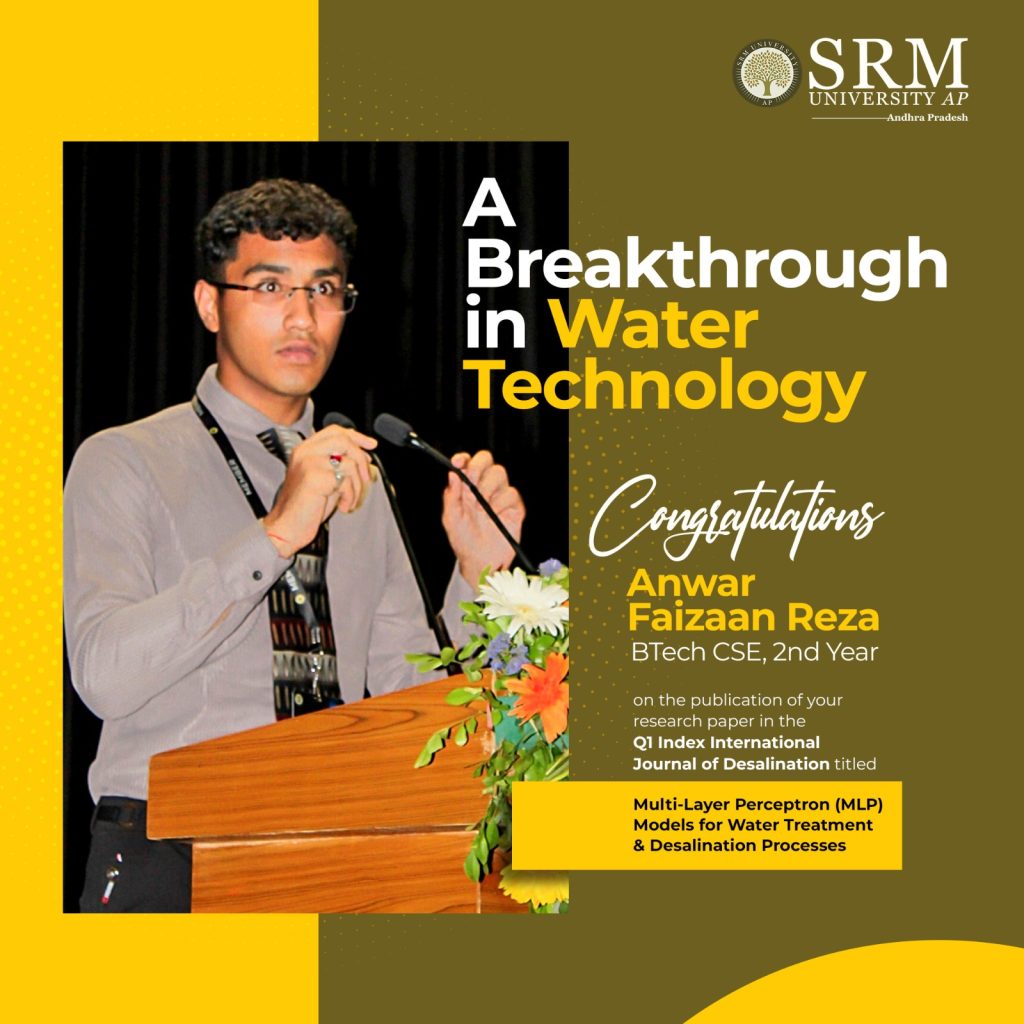
Exemplary student achievements in academia, research and industry are a testament to the excellence nurtured at the SRM University-AP. Mr Anwar Faizaan Reza, 2nd year B.Tech. student from the Department of Computer Science and Engineering has published his research paper in the prestigious Q1 journal Desalination. His paper titled “Multi-Layer Perceptron (MLP) Models for Water Treatment and Desalination Processes” provides a comprehensive review of Multi-Layer Perceptron (MLP) models as innovative tools in water treatment and desalination processes.
With the growing global water scarcity due to increasing population and urbanisation, the study emphasises the need for advanced technologies to optimise water management. Mr Reza discusses how MLPs, a type of artificial neural network, can effectively handle complex, non-linear data, making them suitable for predicting water quality and treatment efficiency.
The paper compares MLPs with traditional models, highlighting their advantages in adaptability and accuracy. It also addresses the limitations of MLPs, such as their dependence on high-quality training data and susceptibility to overfitting. Additionally, the research identifies existing gaps in the application of MLPs in real-world scenarios and suggests future opportunities for integration with other AI techniques and real-time data analysis.
In his paper, Mr Anwar Reza proposes that MLPs can significantly enhance decision-making in water treatment by providing accurate forecasts and optimizing operational processes. He also discusses the importance of developing user-friendly cost estimation tools for desalination projects and advocates for using MLPs in techno-economic assessments. Overall, the paper underscores the potential of MLPs to revolutionise water treatment and desalination, presenting them as vital components in addressing the challenges posed by water scarcity and quality management.
- Published in CSE NEWS, Departmental News, News, Students Achievements
SRM AP Strengthens Ties with Japan University of Economics
 In a step towards broadening horizons and enriching academic opportunities, the Directorate of International Relations and Higher Studies (IR & HS) at SRM University-AP welcomed delegates from the Japan University of Economics (JUE). This milestone event marked the formalisation of a partnership aimed at fostering meaningful academic collaborations and strengthening ties between the two institutions.
In a step towards broadening horizons and enriching academic opportunities, the Directorate of International Relations and Higher Studies (IR & HS) at SRM University-AP welcomed delegates from the Japan University of Economics (JUE). This milestone event marked the formalisation of a partnership aimed at fostering meaningful academic collaborations and strengthening ties between the two institutions.
The signing ceremony was graced by the presence of esteemed representatives from JUE, including Dr Yuzo Tashiro, Director of the International Department and Head of Marketing Course, and Dr Katsunori Takahashi, Associate Professor of Global Business. Representing SRM University-AP, Dr Premkumar R, Registrar, was joined by Mr C.A. Chander Krishnamoorthy, CFO-SRM Group, and Mr Lakshmi Narasimhan, Director-in-Charge of International Relations and Higher Studies. The gathering also included prominent faculty members like Dr Sudeshna Saha, Prof Bharadhwaj Sivakumaran, Prof. Vishnupad Mishra, Dr Manish Kumar, and Dr Srujana Boddu, among others.
This collaboration is more than just an agreement—it’s a shared vision for preparing students to thrive in  a global world. Through this partnership, SRM University-AP and JUE aim to unlock diverse opportunities, including student and faculty exchange programmes, joint research initiatives, semester-abroad programmes, and joint international conferences.
a global world. Through this partnership, SRM University-AP and JUE aim to unlock diverse opportunities, including student and faculty exchange programmes, joint research initiatives, semester-abroad programmes, and joint international conferences.
Japan University of Economics, known for its commitment to industry-focused education, brings a wealth of expertise to the table. This partnership with JUE will open a gateway for SRM AP students to access unparalleled career opportunities in Japan. A standout feature of this collaboration is its alignment with SRM AP’s flagship programme Destination Japan.
The partnership also promises to enhance students’ academic experiences by introducing joint courses focused on Japan’s economy, giving them a deeper understanding of one of the world’s most dynamic economic landscapes. With direct pathways to internships and employment in Japan, this collaboration ensures that SRM AP students are not just academically prepared but also ready to integrate seamlessly into global workplaces.
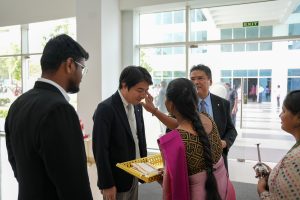
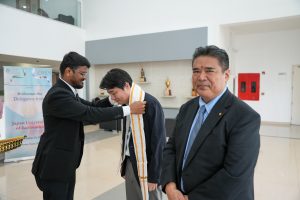

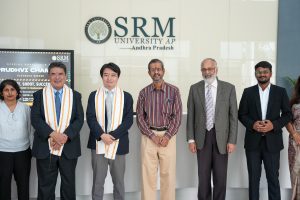

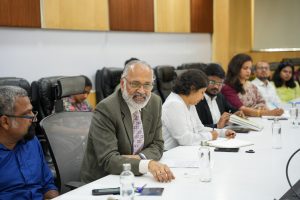

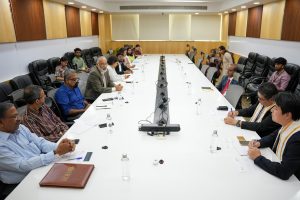
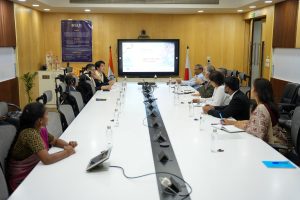



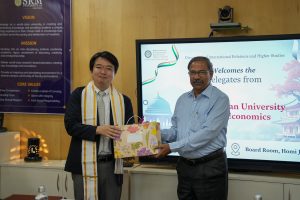
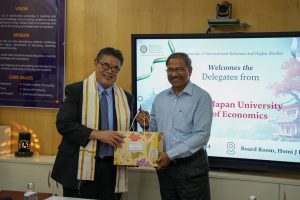


A Session on Interspecies Living and Bio-acoustics by Rohit Chakravarty
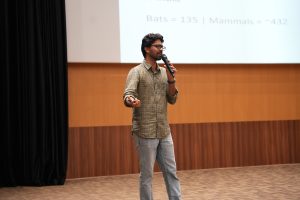
The Department of Sociology and Anthropology under the aegis of Easwari School of Liberal Arts at SRM University-AP hosted a thought-provoking session on November 07, 2024. The session unravelled a fascinating world of interspecies living and highlighted the vital yet often ignored role of bats in our ecosystem. Mr Rohit Chakravarthy, a bat researcher working with Nature Conservation Foundation and Bat Conservation International was the speaker for the session.
The session for the students of Universal Human Values and Ethics focused on inter species living and inclusivity, although misunderstood and feared, bats play a critical role in contributing to the agriculture and beverages industries. The session also revealed that bats are primary pollinators for Durian fruit and tequila, two products that owe their existence to these nocturnal creatures. The session witnessed many such interesting stories that helped to portray bats as less frightening creatures.
However, it wasn’t just science and industry on the agenda. The session brought to life the fascinating social structures within bat colonies and captivating stories of bats sharing food with those in need and even acting as midwives, assisting other bats during childbirth! These behaviours reflect values of care and community that humans can learn from—reminders of how interconnected life on Earth truly is!
The session also acknowledged their association with the deadly viruses such as SARS, COVID-19, and Nipah. As the session drew to a close, students walked away with more than just facts. They left with a renewed appreciation for the world around them.
The second session, directed at Open Elective students studying the Socio-Cultural Dimensions of Sound, dove into the incredible world of bio-acoustics. The lecture explored echolocation used by bats as an important indicator for the military infrastructure for improving sonar technology used in submarines. Students were fascinated by the intricacies of interspecies communication, as bats use sound not only for navigation but also to exchange crucial information about habitat, mating, and potential threats.
The lectures beautifully combined science, ethics, and socio-cultural insights, reflecting the Department’s mission to nurture holistic thinkers and foster interdisciplinary learning. Although unconventional, the talk seemed to open new and diverse avenues for Liberal arts students, inspiring them to walk newer and less trodden paths.
- Published in Departmental News, Liberal Arts News, News
A Strategic Partnership with Multi Commodity Exchange of India Ltd.
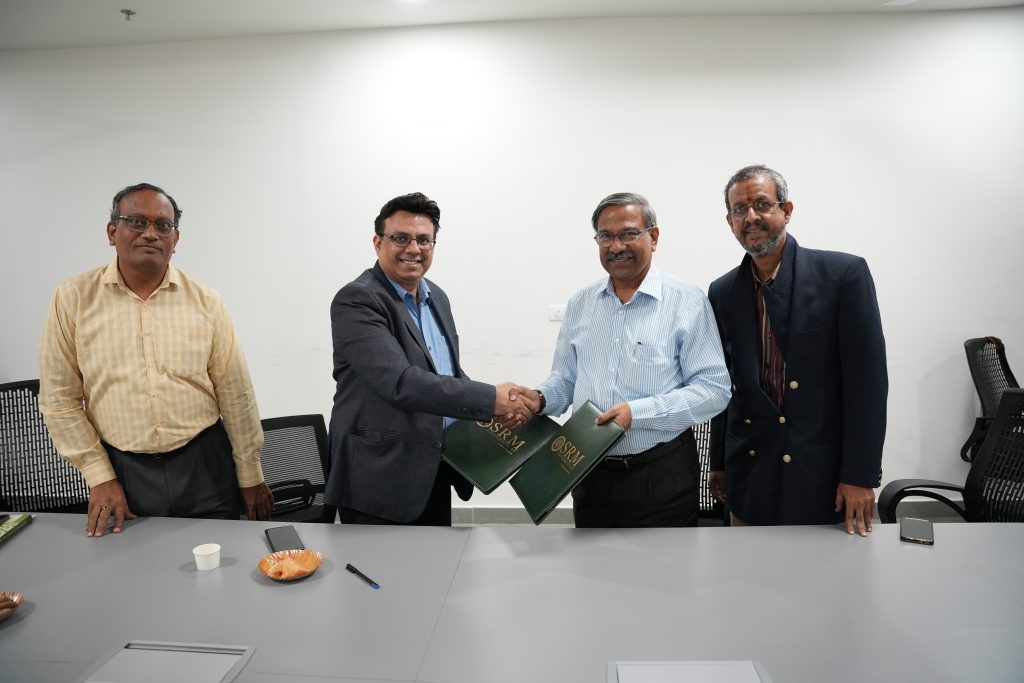
SRM University-AP inked an MoU with Multi Commodity Exchange of India Ltd. (MCX), the largest commodity exchange in the country, to supply highly skilled professionals to meet the industry’s needs. The commodity market plays a vital role in the country’s economic development. Understanding that the industry is expected to create a significant number of job opportunities in the next decade, the university has taken the initiative to partner with MCX to place highly competent graduates at various levels of the company.
The agreement will explore and conduct various interactive sessions, faculty development programmes, research programmes, seminars, conferences and conclaves that would benefit students, faculty and other working professionals. Joint Management Development Programmes (MDP) on the financial / derivatives market, educational conclaves on commodity derivatives inviting participation from other business schools & universities, and events like CONQUEST are some of the initiatives that the MOU manifests.
On the academic front, the MOU agrees that SRM University-AP may launch full/part-time Postgraduate Executive Diploma courses in the Financial /Commodity Derivatives Market with significant input from MCX on the curriculum. The university might also introduce a chapter on “Commodity Derivatives” in its curriculum for the management and commerce programmes. SRM AP will also offer existing courses of MCX, viz. MCX Commodity Professional (MCCP), MCX Certified Index Professional (MCIP) & MCX Certified Options Professional (MCOP) certification(s) as programmes or certification courses under the Paari School of Business.
The partnership with Multi Commodity Exchange of India Ltd. is of grave importance in providing the students and faculty with exposure to the industry, keeping pace with recent market trends, and acquiring an industry-ready skillset.
- Published in Departmental News, MoU, News, Paari Current Happenings


